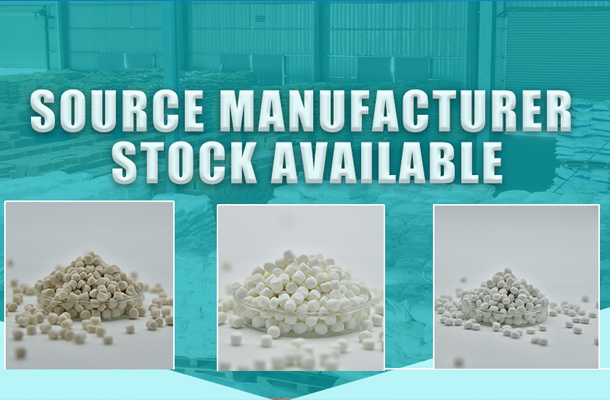Difference between Sulfur (S) and Insoluble Sulfur (IS):
Sulfur (S) typically refers to elemental sulfur in its common natural form – elementary sulfur, with the chemical formula S8. It consists of eight sulfur atoms bonded covalently in a ring structure. Elemental sulfur is a pale yellow solid with a characteristic odor and is soluble in nonpolar solvents like carbon disulfide but insoluble in water at room temperature.
Insoluble Sulfur (IS), on the other hand, is a chemically modified form of sulfur, produced through thermal polymerization reactions. It comprises high-molecular-weight sulfur compounds that do not dissolve in common solvents, such as carbon disulfide. IS appears as a pale yellow powder and, due to its unique insolubility and high dispersibility, finds significant applications in industry, particularly in rubber manufacturing where it serves as a vulcanizing agent, enhancing properties like heat resistance, aging resistance, and dynamic fatigue resistance in rubber products.
In summary, the key differences between Sulfur (S) and Insoluble Sulfur (IS) are:
Structure and Form: Sulfur (S) exists as cyclic octatomic molecules, while Insoluble Sulfur (IS) results from the polymerization of sulfur atoms into long-chain structures.
Solubility: Sulfur (S) dissolves in specific solvents, whereas Insoluble Sulfur (IS) does not dissolve in typical solvents.
Application Areas: Sulfur (S) has broad uses in chemicals, agriculture, etc., whereas Insoluble Sulfur (IS) is specifically geared towards improving rubber processing and the quality of rubber products.








